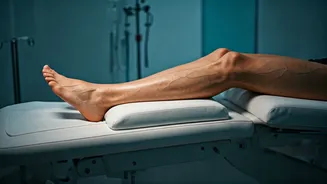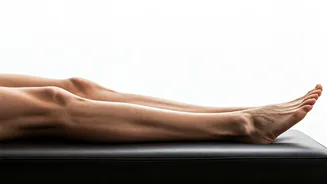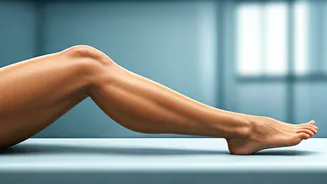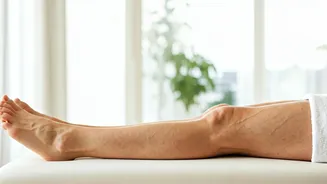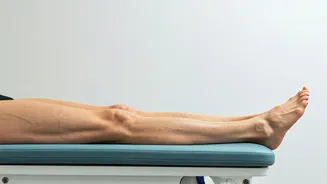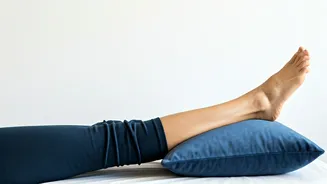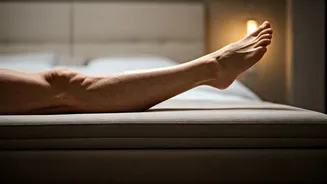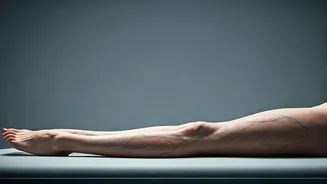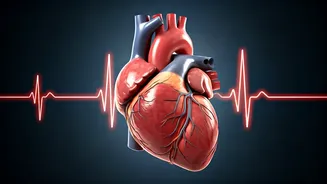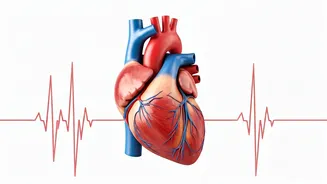Circulation Champion
Elevating your legs for just 10 minutes can significantly improve blood circulation. When you elevate your legs, gravity assists in the return of blood to
the heart. This action is especially beneficial for individuals who spend long hours sitting or standing, as it counteracts the pooling of blood in the lower extremities. Improved circulation not only helps to reduce the risk of varicose veins, but also minimizes swelling in the feet and ankles. It can also alleviate feelings of fatigue and heaviness in the legs, providing a sense of comfort and revitalization. Regular leg elevation can also support healthy blood pressure levels and reduce the strain on your cardiovascular system, making it an excellent practice for overall well-being. By incorporating this simple habit into your daily routine, you can promote healthier circulation and better manage your cardiovascular health.
Swelling & Discomfort
Swelling, often known as edema, is a common problem, especially for people who are on their feet for extended periods. Leg elevation helps to reduce swelling by facilitating the drainage of excess fluid from the legs and ankles. When the legs are elevated, the force of gravity helps to move the fluid back towards the heart, where it can be processed by the body. This process relieves the pressure and discomfort associated with swelling, which can be particularly helpful for pregnant women, individuals with circulatory issues, or those recovering from injuries. The practice can also help to alleviate other symptoms, such as the feeling of tightness in the legs, skin discoloration, and aching. In addition to providing immediate relief, regular leg elevation can prevent future swelling, especially if practiced daily. Implementing this into your routine offers a simple and effective strategy to maintain comfort and health.
Beyond Circulation
The benefits of leg elevation extend beyond improved circulation and reduced swelling. This simple act can also contribute to overall well-being. For individuals with varicose veins, elevating the legs can help alleviate the pain and discomfort by reducing pressure on the veins. Leg elevation can support lymphatic drainage, which helps in removing toxins and waste from the body. It may also aid in better sleep. By promoting relaxation, reducing stress, and improving blood flow, leg elevation can contribute to a more restful night. Furthermore, incorporating this practice into your daily routine promotes relaxation. This can be especially useful after a stressful day or a strenuous workout. By making it a regular habit, you can experience enhanced physical comfort and a more relaxed state of mind.
How To Elevate
To practice leg elevation effectively, you do not require any fancy equipment; a comfortable position is key. Find a comfortable place to sit or lie down, such as a bed, couch, or recliner. Place a pillow or cushion under your legs, ensuring your feet are elevated above the level of your heart. The ideal height can be adjusted based on your comfort level, however, the goal is to make sure blood flows from your legs. You can do this for 10-20 minutes, several times a day, particularly if you spend a lot of time on your feet or sitting. While elevating your legs, you can engage in other relaxing activities, such as reading, listening to music, or meditating. Remember to be consistent. Regular leg elevation can provide noticeable improvements in circulation, reduce swelling, and improve overall well-being. It is a simple, effective, and accessible practice anyone can add to their daily routine to enhance their health.
